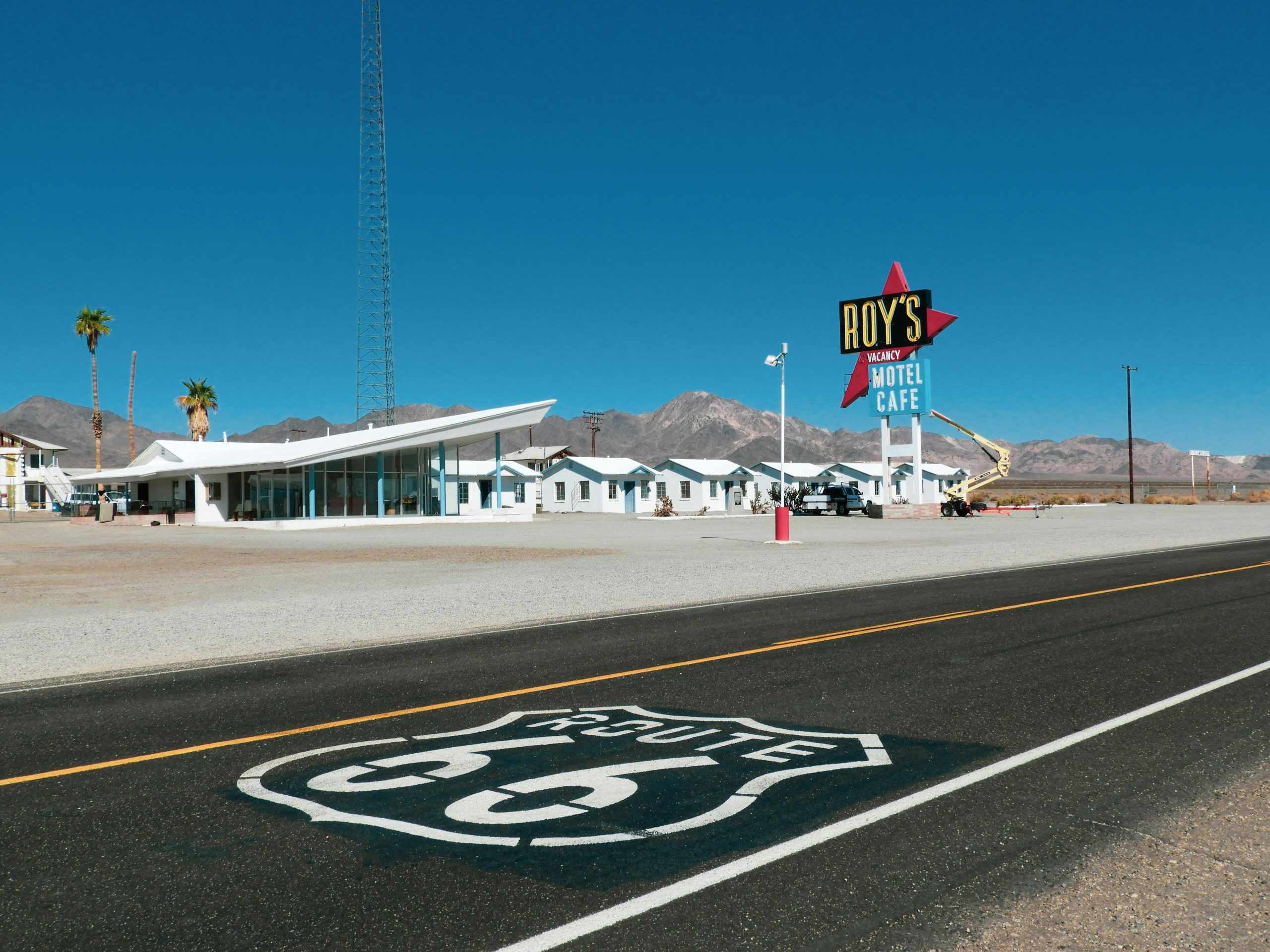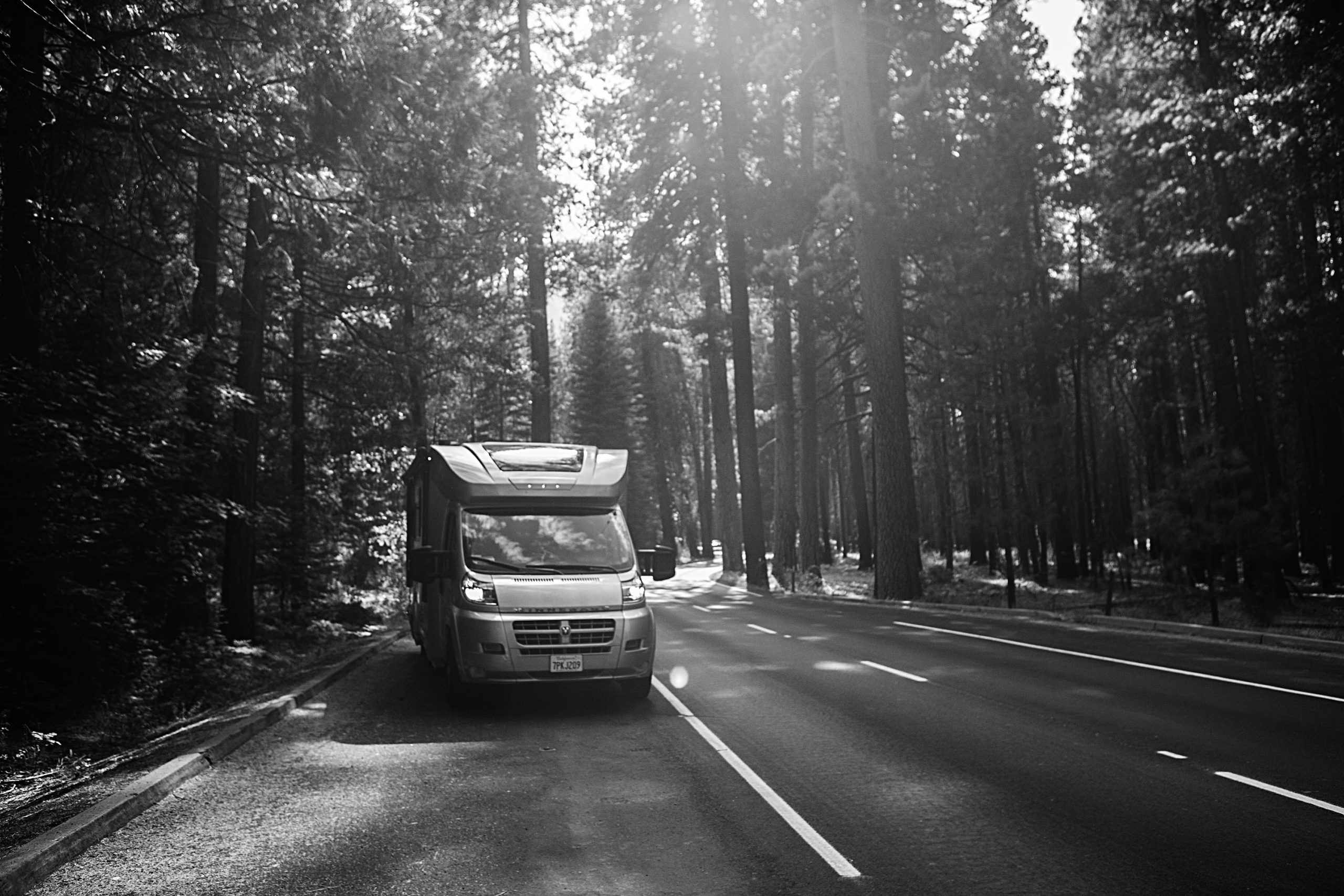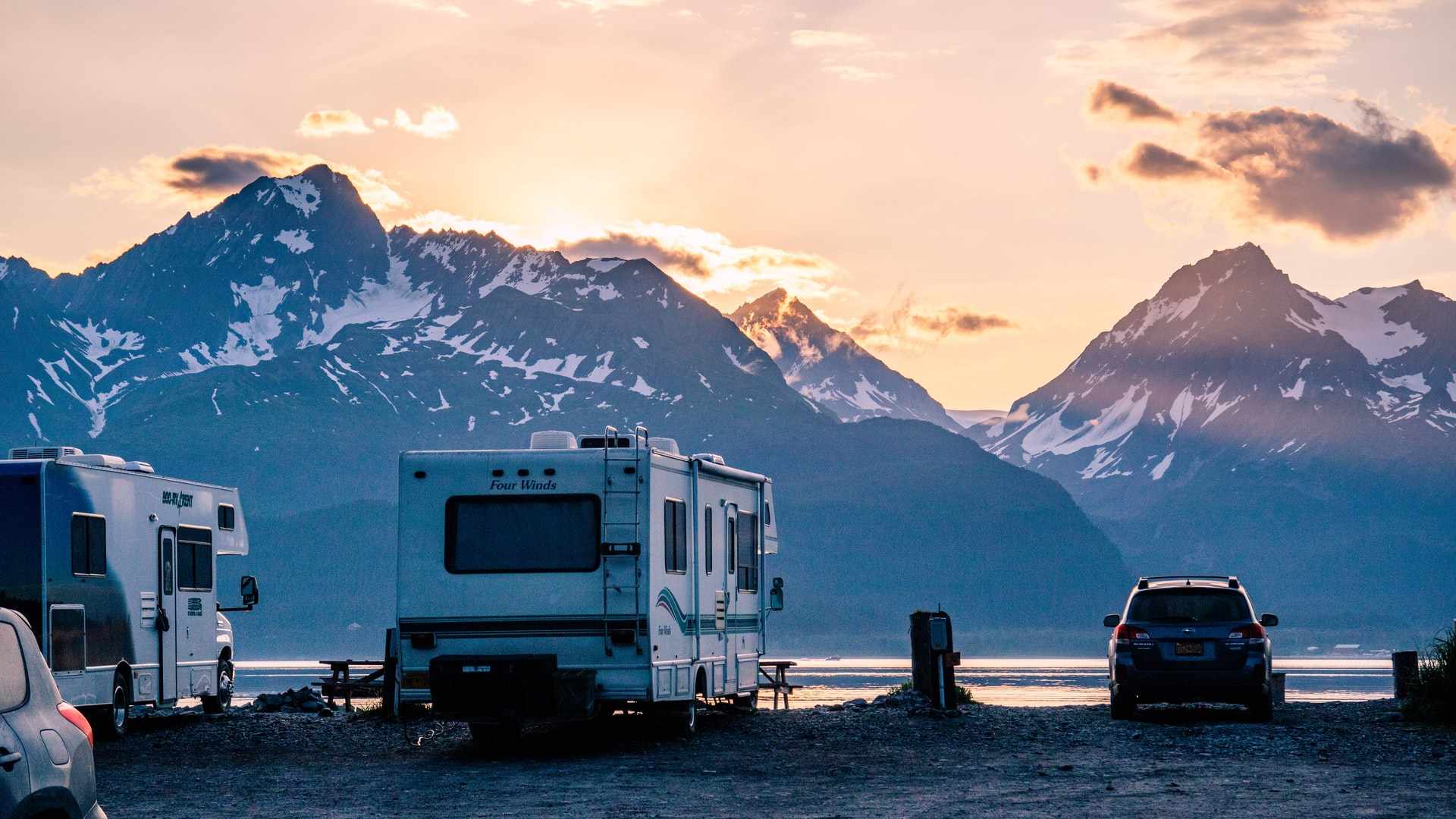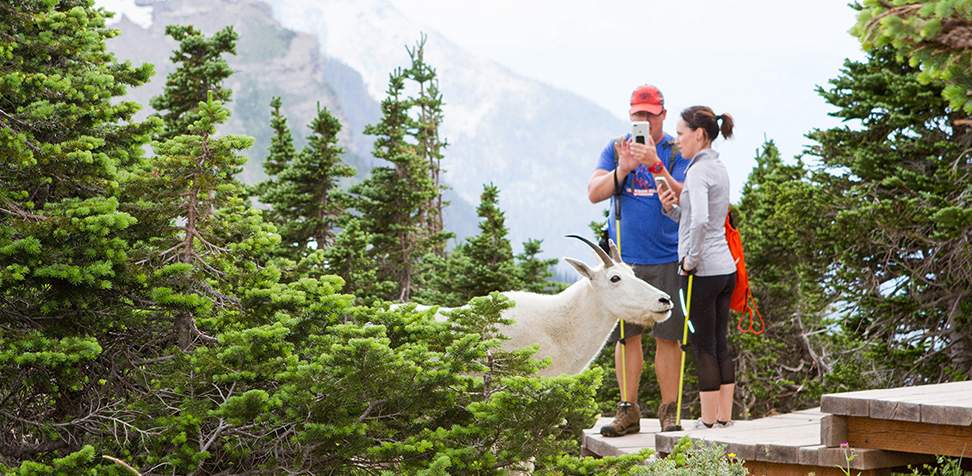“If future generations are to remember us more with gratitude than sorrow, we must achieve more than just the miracles of technology. We must also leave them a glimpse of the world as it was created, not just as it looked when we got through with it.”
This quote from former President Lyndon B. Johnson is on a plaque near Sunset Point in Bryce Canyon National Park. It is a perfect reminder of why we must treat our national parks as the great treasures that they are.
Did you know that over 312 million people visited the national parks in 2022? This is awesome, but with that many people visiting, it is important that you be aware of some common-sense rules to preserve the environment for future generations. Following these will help you respect other visitors and keep yourself safe.
RVs For Rent Near You
10 Rules to Remember When Visiting National Parks
Here are 10 rules to keep in mind while visiting national parks in the United States.
1. Live “Leave No Trace” Principals
The saying goes “Leave only footprints, take only pictures.” Removing resources from the park such as wildflowers, antlers, rocks, and arrowheads is prohibited. I’ve heard a couple of stories about children accidentally taking home a rock or pinecone and then realizing their error and returning said item to the park service with a note. We should see those kids as an example, and take this rule to heart. Perhaps more important than removing a stray rock or two, do not leave any trash or litter behind. Make sure all trash is deposited in recycling or trash bins, or better yet, bring reusable containers.
Here are some other tips on how not to be a crappy camper.

2. Don’t Feed the Wildlife
While hiking in Bryce Canyon, a little chipmunk ran right up my husband’s leg and up onto his backpack. This was no doubt a direct result of the fact that he had been fed by humans in the past. I know animals are adorable, and they might seem hungry, but feeding wild animals isn’t a good idea and is prohibited in national parks. Human food isn’t good for animals and may cause serious health problems.
It also makes wild animals lose their natural fear of people, compromising the safety of both the animal and humans. Resist the urge to feed those cute little critters and be aware of food storage regulations when camping. Depending on which national park you visit, regulations differ for how best to store your food. Always check with the parks you plan to visit to learn about their regulations.
3. Don’t Get Too Close to Animals
Along those same lines, remember that wild animals need space, and be sure to keep your distance. You should never get close enough that you alter the animal’s behavior. It is not only dangerous for you, but the animal as well. Willfully remaining near or approaching wildlife within any distance that disturbs or displaces the animal is illegal according to federal law. The NPS requires that visitors stay at least 300 feet away from bears and wolves and 75 feet away from bison, elk, and other animals. See the park’s website and literature for specific rules about local wildlife.
Don’t be like the tourists who found a bison calf alone on one of the Yellowstone National Park roads and put it in their SUV because they thought it was cold. That poor calf had to be euthanized when it was unable to rejoin its herd. Use common sense, and view wildlife from a safe distance with the aid of binoculars or a camera with a telephoto lens. If you can get a good picture with your iPhone, you are probably too close!
4. Do Not Veer Off the Trails
“Forests grow by the inch and die by the foot.” The national parks have thousands of miles of marked hiking trails. Yellowstone National Park alone has over 900 miles of trails. With that many hiking trails planned and marked by the National Park Service, no one should need to go off-trail. It is dangerous, not only to the individual hiker, but to the environment as well. Can you imagine what would happen if the park’s over 300 million visitors just stomped around where they wanted?! The result would be devastating to the natural resources we are trying to preserve.
Last weekend, while hiking in Redwood National Park, I saw signs warning hikers to stay on the trails to stop the spread of disease and fungus from one area to another. I had not considered that implication to going off-trail before. It was another reminder that the trails are there to protect the environment as much as they also protect us from getting lost!

5. Don’t Vandalize
This might seem like common sense, but I see it time and time again. For whatever reason, people just seem to have a need to leave their mark on things. From names and initials carved rocks to spray paint on trees, it is all destructive and unacceptable! Graffiti is never easy to get rid of, and a lot of unnecessary time and money is wasted on these efforts. Sandblasting and some chemical strippers can cause even more damage to irreplaceable natural features.
6. Don’t Smoke on the Trails
Smoking is prohibited on the trails at national parks. People come to the parks to enjoy the fresh air of nature, not to suck in second-hand smoke. More importantly, it is a fire hazard. This year has been a particularly bad year for wildfires, and sadly many of them have been caused by humans. In the words of Smokey the Bear, “Only you can prevent forest fires!”
7. Don’t Hike Unprepared
The number one thing you need to be prepared for on a hike is water. You wouldn’t believe the amount of times I have seen people hiking without water. I once saw a whole family on the trail to Delicate Arch in Arches National Park without a single bottle of water to share between them. That is a moderate, 3-mile round-trip hike in the middle of the desert. Use some common sense, people!
The second thing I see most often are people not wearing the appropriate footwear. It’s important to protect your feet. Flip flops and high heels are not trail wear. You never know what could happen when you’re out in nature away from cell service, so it is best to be prepared.
The American Hiking Society has a list of ten things you should bring on every hike:
–Extra water and a way to purify it
–Safety items: fire, light, and a whistle
–Sunscreen and sunglasses
For a list of other items to bring on your hike, check out this article!
8. Don’t Play Music Loudly
This one isn’t a hard and fast rule. It’s just rude and disrespectful. If you want to listen to music on the trails, that’s cool, just don’t assume that everyone else on the trail wants to listen to your music as well. Just pop in some headphones and it’s a win-win.
9. Don’t Fly Drones
Drone photos and videos can show a different perspective and allow you to see a landscape in a way you can’t from the ground. However, the National Park Service banned them in 2014. While I do love the photos that drones capture, many find the sound of them buzzing in the air to be a bit annoying. You can only imagine what effect they might have on wildlife. Please do not fly your drone or unmanned aircraft in a national park. Doing so will keep things nice and quiet and keep you from racking up fines.
10. Do Have Fun!
This last one is kind of cheesy, but I wanted to end this article on a positive note. The national parks really are such a treasure that have been preserved for everyone to enjoy. Since moving into an RV and hitting the road a little over a year ago, I have climbed to the top of mountains, hung out by the ocean, hiked in canyons, stood under the tallest trees on earth, and so much more in national parks and had a blast doing it all! Get out there and find your own national park adventure!

Now that you’re ready for your National Park trip, learn more about the best times to book your visit or check out the 5 newest National Parks to explore this year.








